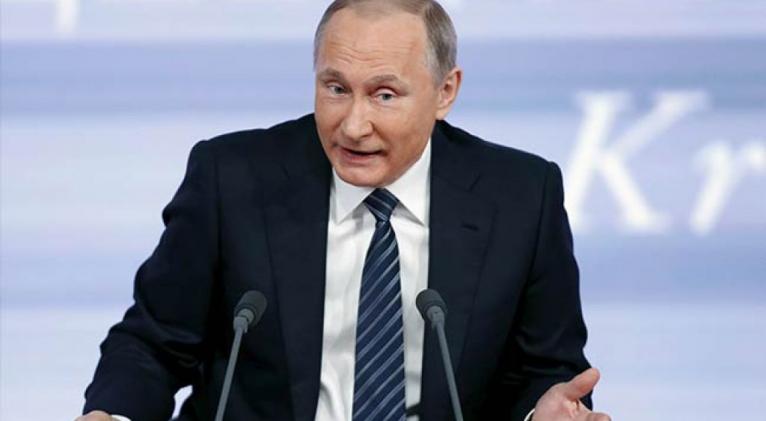Russian Space Agency Scales Back Plans As Crisis Shrinks Budget
especiales

According to the blueprint, presented to Russian media by Igor Komarov, head of space agency Roscosmos, the space programme budget for 2016-2025 will be cut to 1.4 trillion roubles ($17.36 billion), down from 2 trillion roubles.
That means plans to launch a manned flight to the moon will be pushed back five years - to 2035 from 2030 - and that development of a reusable space rocket meant to be built by 2025 will, for now, be abandoned.
"Russia is certain to implement this project, but at the moment the launch of a booster rocket with a reusable first stage is not economically viable," local media cited Komarov as saying. He did not elaborate.
A Roscosmos spokesman told Reuters the agency would return to the matter after 2025.
Russia's Cold War-era rival, the United States, has already successfully tested similar vehicles. Re-using the first stages of rockets, designed to return to Earth after launch, would make commercial rocket launches cheaper.
A new cosmodrome currently under construction in the country's Far East will also suffer under the slimmed down programme. It will now get only one launch pad instead of the two originally planned.
The government is due to sign off on the new space programme in March. It is unclear whether it could demand more cuts before then.
Heavily dependent on oil revenues, Russia has been forced to scale back spending plans across a range of sectors as it tries to navigate an economic crisis compounded by a weakening rouble and Western sanctions over the Ukraine crisis.
The rouble hit a record low on Wednesday.
President Vladimir Putin has spoken many times of rekindling Soviet-era space glory. The USSR launched the first artificial "Sputnik" satellite in 1957, sent the first man into space in 1961, and conducted the first-ever space walk in 1965.
But the United States made six manned landings on the moon between 1969 and 1972, while the Soviet-built N-1 heavy rocket, designed to take cosmonauts to the moon, failed to make a single successful flight.













Add new comment